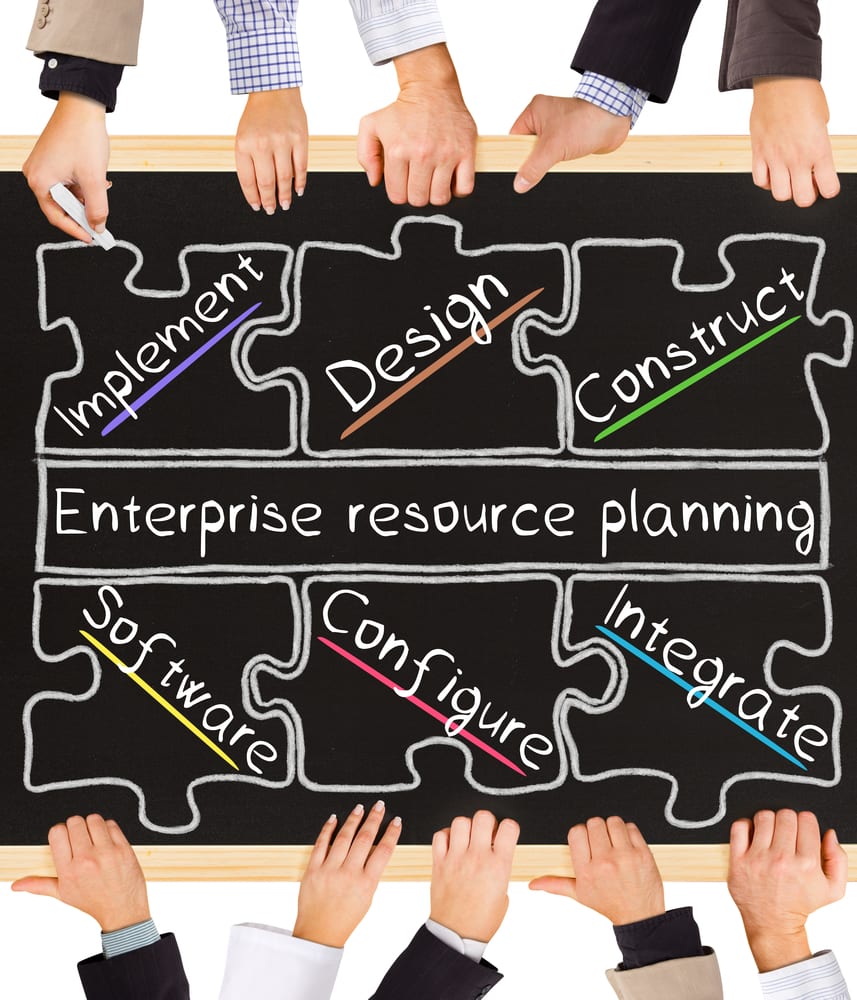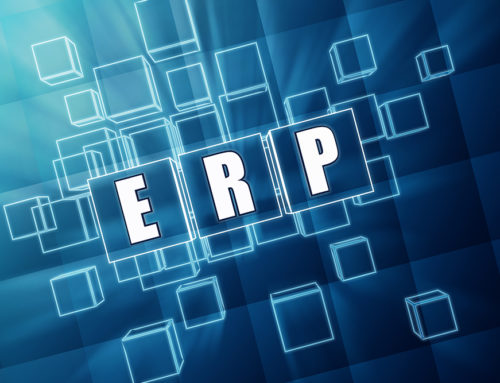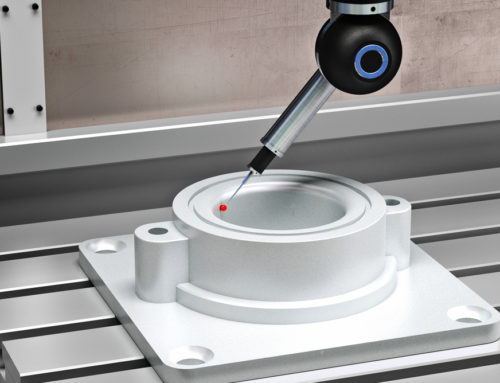So you’ve spent months, maybe years, deciding on the right ERP software for your business and the great news is that you’ve finally found it! Now comes the most challenging part – implementing an ERP system so your company can streamline its processes and really start to grow. But it doesn’t need to be difficult – with careful forethought and planning, implementing an ERP system can be a relatively smooth process. Here are our recommended steps to making implementing your new ERP system as pain free as possible.
Strategic Planning
- Senior management buy-in and commitment.
- Clear project charter with well-defined objectives for the project.
- Clear communication – who, when, etc.
- Make sure you have the correct project team involved from both customer and ERP system provider. It’s vital that the customer has correct people driving the project and required changes from within.
- Identify, scope and agree core and custom requirements before the project proceeds.
- Discuss and define implementation approach and methodology i.e. incremental, parallel or big bang.
- Determine all critical stages and terminology so there is a good understanding of expectations from both sides, ie ‘Go Live’ – does the customer want to continue using the sandbox system for an agreed period of time and double input some key jobs before setting a Go Live date at the end of this period OR would they prefer to set a Go Live date with all new transactions after this agreed date going straight into the Live database?
- Create and agree a Project Plan.
Review Current Processes and Procedures
- Train the customer project team on the capabilities and best practices within the ERP system to ensure they have a clear understanding of how the software will work for them.
- The customer project team should then review their internal processes and procedures and document any changes brought about by using the software.
- ERP provider to develop a customised training plan for users within that company based on feedback from the training and updated or new processes. The customer should also review these and, once satisfied, approve the plan and accompanying training documents.
Data Review
- Customer to identify what data should be imported into the ERP system, namely ABCD – All Business Critical Data. This is a good opportunity to remove unnecessary or historic data no longer required. Whilst ERP systems are built to process vast amounts of information, importing lots of obsolete data can reduce the efficiency of a new ERP system. Now is also a good time to consider what, if any, new data it would be beneficial to collect and implement the process for collecting this.
- Once the above is agreed, the data should be extracted from the customer’s existing system and cleansed. This can be done by the customer or aided by the ERP provider. Once the data has been imported, it is imperative the customer carefully reviews this before any further activity is carried out to confirm the data is fit for purpose.
Reporting
- All standard reports should be tested and provided to the customer for review and sign off.
- Any customised report requirements to be developed, tested and approved. This is also a good time to consider the information the customer want to capture and whether they require it in specific formats for quality analysis.
Customisation
- Although many companies look for a best fit ERP system to avoid the issues significant customisation can bring, sometimes some customisation is inevitable. Any customisation agreed during scoping (or at point of sale) to be defined and carried out.
- Development to be tested and approved by the customer.
- Train the customer project team on new functionality
Testing & User Training
- Customer project team should run through several types of job using as much data as possible in the sandbox environment until they are confident in the process and satisfied with the information flow. The more testing that can be done increases the chance of any issues being identified and therefore resolved prior to implantation.
- Any feedback or issues will then be reviewed by the provider’s development team to resolve before wider training commences.
- Train the users in the new system. A key element in successfully implementing an ERP system is the transfer of knowledge to users. Confident users, equipped with quality training support materials, often creates a positive atmosphere and excitement around the implementation as opposed to a feeling of dread!
Go Live and Post-Implementation Evaluation
- Go Live (as defined at the start of the project).
- Allow a settling in period of approx. 3 months, after which the customer needs to evaluate improvements to business processes. For best results, these should be linked back to the clearly defined objectives and aims at the start of the project.
- The ERP provider should also evaluate the project immediately after user training and then again, every 3 months for a year post implementation. Metrics such as number and type of support calls from the customer are a useful way of identifying how effective training and implementation has been.
- Evaluation is an ongoing process and should be part and parcel of the continuous improvement culture within the company. Progress and results should be monitored by both the customer and provider to ensure that the customer’s investment is maximised. At a minimum, annual reviews should be conducted.
In addition to the above points, we believe the real key to effectively implementing an ERP system is through a clear and constant flow of communication between both parties. As long as both parties know and understand what both want to achieve from the project, almost every obstacle can be overcome.
Interested in implementing an ERP system or finding out more about our solution, E-Max ERP, and how it can help improve your business? Take a look at our website, contact us on 0141 644 4424 or drop us an email. You can also book a free demo with us to see our manufacturing ERP system in action.






